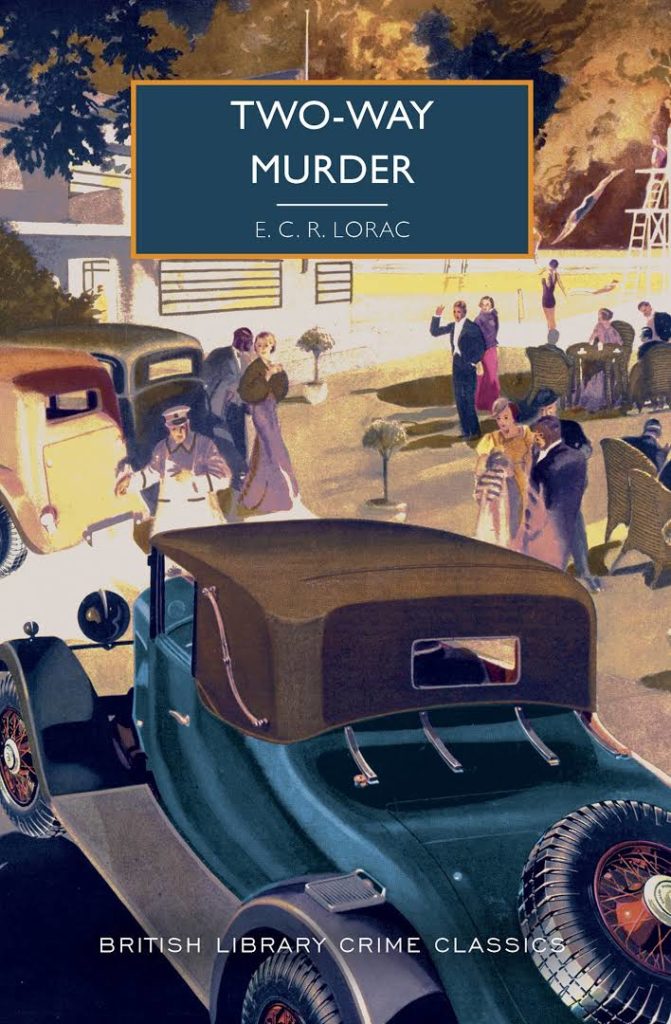In a quiet country town near the coast, on a foggy night, the villagers gather for the annual ball at The Fordings. Much has changed in th decade following the Second World War, but this is a tradition that continues. Even in the face of the anniversary of the disappearance of Rosemary Reeve. She was last seen after last year’s ball, running into the mist along the cliff path.
Young Dilys Maine, daughter of a strict father, sneaks out to join the festivities and enjoys a ride home from Commander Brent, her beau (or so she hopes). As he spirits her through winding roads in the foggy night, their romantic evening comes to an abrupt halt when they find a dead body sprawled across the road. Commander Brent tells Dilys to make her way home on foot across the fields and he will wait for the police to arrive.

The cast of village characters becomes a network of suspects, amateur detectives, and gossips — each trying to piece together the events of the evening. They are questioned by Detective Waring, a self-described stranger, who has no understanding of the locals but has an uncanny ability to push the right buttons.
The author, E. R. C. (Edith Caroline Rivett) Lorac was a prolific author in the Golden Age of Crime fiction and became a member of the famed Detection Club. Her books were popular puzzle mysteries featuring recurring detective characters, and were set in both London and rural settings. She also published under the names Carol Carnac and Mary LeBourne, and even published a handful of short stories and a radio play.
When Jennifer Verity woke up on the morning after the Hunt Ball, she sat upin bed with her arms round her knees and indulged in the pleasure of retrospection, gurgling with laughter over some of the absurdities, hugging herself over some of the thrills of the best dance she had ever been to. Jennifer was twenty-two and as pretty as she was ever likely to be; she was an eminently practical young woman who knew just what she wanted — and she was prepared to put all her energies into getting it. ~ Pg. 53
Local published some five dozen works in her lifetime, but this is the first time Two-Way Murder has been in print. Her manuscript appears to have been written about 1956, a year or so before her death, which makes one wonder how final this draft was. It’s not the best Lorac novel out there, nor is it the most interesting puzzle constructed by her contemporaries. Where it shines in in her individual characterizations, specifically the various dialects. The subtle variations among the housekeeper, the publican, the retired military officers, the ingenue, the ne’er-do-well, and more are a testament to her ability to draw characters.
Still, it’s a fun read and an interesting glimpse, before unseen, into a popular writer’s catalog.
My thanks to Poisoned Pen Press for the advanced review copy.
Publisher: Poisoned Pen Press / British Library Publishing (April, 2022)
Language: English
ISBN-10: 0712353836
Introduction by Martin Edwards

